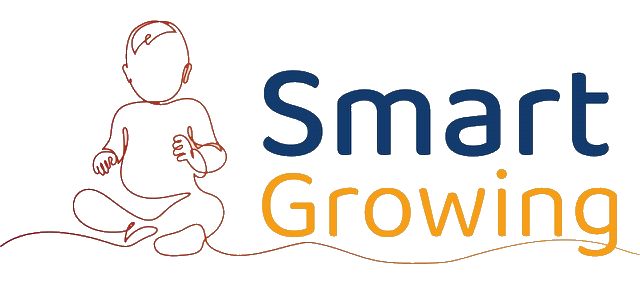The Benefits of Baby Nests
Baby nests can provide newborns with a comforting, womb-like environment during sleep or supervised lounging. Their design — typically featuring a central depression and raised edges — may help ease the transition to life outside the uterus, particularly for:
- Calming the startle response (though see Moro reflex clarification below)
- Creating a cozy space for naps or while awake and supervised
Developmental Considerations
While convenient early on, prolonged use of nests/cocoons raises important concerns:
1. Movement Restrictions
- Both writhing/fidgety movements are essential for nervous system development, as well as stretching while waking up.
- Babies need flat, open spaces to:
- Lift/turn their head freely
- Explore limb movements (swinging, kicking, reaching)
- Practice rolling (back to side and side to stomach)
Note: Nests may limit these activities, potentially delaying motor milestones.
2. The Moro Reflex Misconception
Often called the “startle reflex,” the Moro response is actually a stability indicator – it’s a loss-of-support reaction (e.g. feeling like falling). Moro reflex naturally fades as babies develop sagittal-plane stability (head/neck/trunk control in the forward-back plane, usually by 3–4 months). (McGraw, 1945).
Swaddling or using nests or cocoons to suppress Moro reaction may inadvertently reduce opportunities to build stability and prolong integration of Moro. Studies of preterm infants show prolonged Moro correlates with delayed postural control (Zafeiriou, 2004)
3. Safety & Transition Timing
- Risk factors: Soft sides, loose bedding, or unsupervised sleep in nests.
- Transition cue: When babies show rolling attempts (even if not successful), switch to a flat, firm sleep surface.
Evidence-Based Recommendations
1. For Newborns (0–8 weeks):
- Prioritize flat surfaces for sleep (safe sleep guidelines).
- Use nests sparingly and only for supervised time. Adherence to safety guidelines is essential.
- Structured activity time is important for infants sleeping in cocoons to strengthen core stability and neck control.
2. By 3 Months of age:
- Phase out nests entirely to allow free movement or at first rolling attempts (whichever comes first).
3. For Caregivers using nests:
- Observe your baby’s natural movements—these are signs of healthy development. Monitor both the Moro reflex and spontaneous movements during unrestricted playtime (flat, firm surface).
- Avoid over-relying on baby carriers (nests, slings, bouncy chairs, swings, etc.) that restrict motion. No direct studies on baby nests, but research on swaddling (which similarly restricts movement) suggests that it may reduce Moro-triggered awakenings (van Sleuwen, 2007) but prolonged restriction can delay spontaneous movement essential for stability (Harbourne, 2013).
Red Flags: Moro reflex persisting strongly past 5 months should warrant a developmental screening (Zafeiriou, 2004).
The Bottom Line: Calling Moro a “startle reflex” oversimplifies its role as a stability barometer. While nests may help manage Moro-related sleep disruptions, they shouldn’t replace the need for daily unrestricted movement.
Your baby’s nervous system will thank you for the ample free movement!
